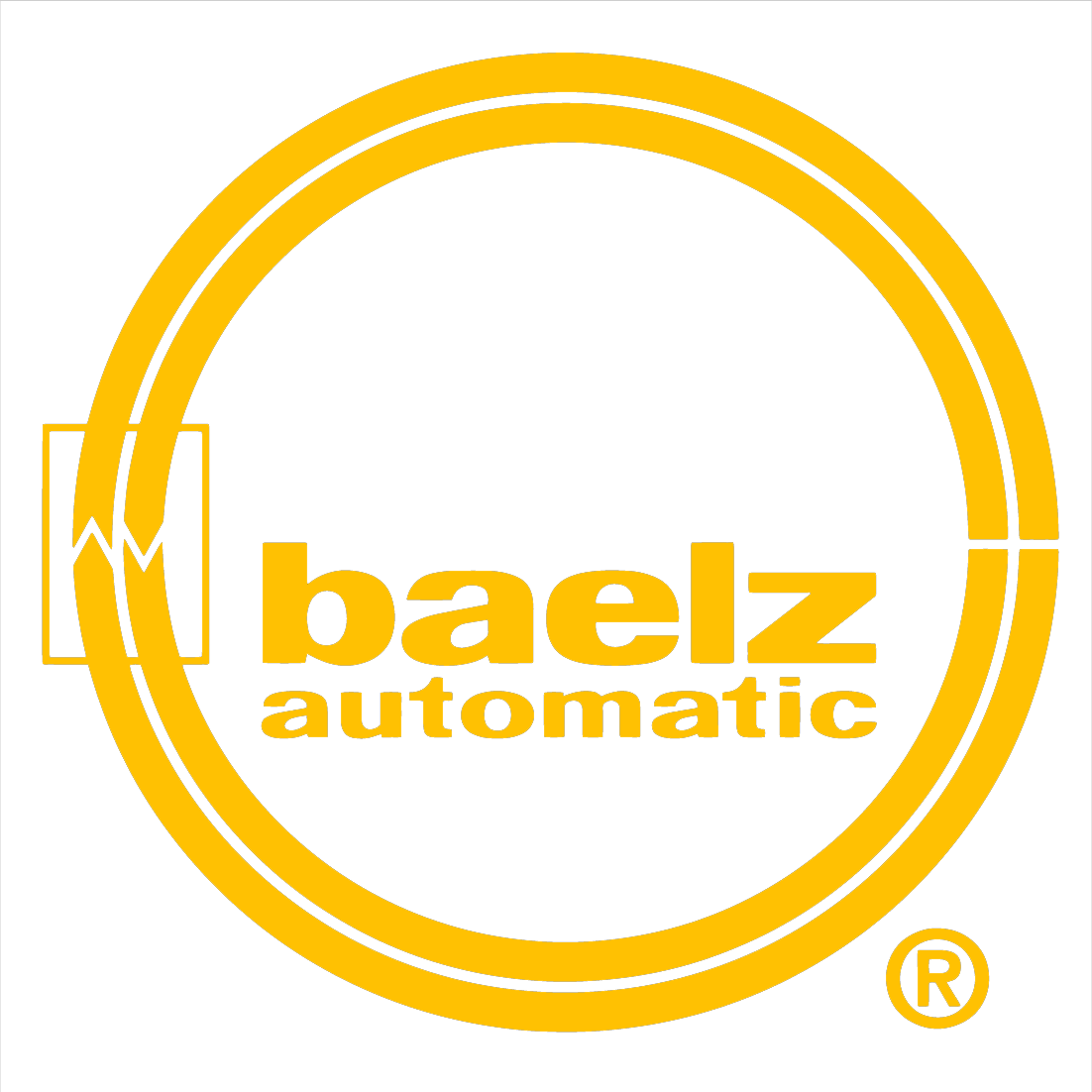Valves are critical to maintaining control of flow, temperature, and pressures in fluid systems. However, achieving this goal necessitates selecting, installing, and maintaining the correct control valve(s). Any operational issues within a valve can lead to problems within the overall system, up to and including system failure. As such, attaining a thorough understanding of the causes and symptoms of valve failure is essential for proper system maintenance.
The following blog post provides an overview of some of the most common reasons for valve failure and how to troubleshoot them.

Valve Chatter
Valve chatter is an audible noise within a valve body caused from plug and/or spindle vibrations. If left unchecked, the vibrations may cause damage to valve components, reduce the overall service life of the valve, and cause system wide failure—all of which result in costly downtime for repair and maintenance.
There are several reasons why valve chatter occurs, including improper component sizing and orientation. The conflicting forces from the process flow and the return spring pressure can cause the valve plug to bounce inside of the valve body, producing the distinct chattering sound.
Resolving this issue requires reinstallation of the valve in the correct orientation, which can prove to be costly depending on the amount of time it takes to shut down and drain the system. As such, it is best to ensure that newly installed and replaced valves are correctly sized and oriented based on the P&IDs (position and instrumentation diagrams) provided to avoid valve chatter all together.
Fluid Leakage
Leakage of fluid within a control valve can cause a variety of problems, such as loss of pressure, control, and stability, as well as component damage and process contamination. Over time, these issues can lead to complete system failure.
Fluid leaks occur for many reasons. For example, the sealings or spindle nut may be damaged or loose, or the size and/or rating of the valve may not be appropriate for the system. There are two main measures you can take to prevent fluid leakage: perform scheduled maintenance and complete necessary repairs.
Seized Plugs
Within valves, seized plugs disrupt actuation, resulting in changes to the fluid flow, pressure, temperature, and other system-critical conditions. These issues can then translate to diminished system performance or complete shutdown.
Seized plugs generally occur as a result of one of the following causes:
- Damage to the valve body
- Damage to the valve plug
- Debris or material in the process fluid
- Damage to housing or seat
- Adjustable packing nut causing too much friction
- Actuator not sized properly
Regardless of the cause, regular maintenance of the valve and the valve components minimizes the impact on the valve plug and reduces the effect on the overall performance of the system.
Actuator Failure
Actuators facilitate the movement of valve components, enabling the valve to open and close as needed. Actuator failure will disrupt system operations as the valves will no longer have the power to operate. Common issues in an electric actuator may include motor failure or major electrical issues.
While pneumatic actuators are easy to repair and troubleshoot using diaphragm repair kits, electrical actuators prove more difficult and costly to fix. In this case, it may be more cost-effective to replace the entire electric actuator.
Valve Solutions From Baelz NA
At Baelz North America, we want to ensure that your valves are in perfect operating condition. Our technicians are trained and certified to perform diagnostic, maintenance, and repair services for both valves and actuators to ensure your process needs are fully met. If you believe your valve or actuator needs servicing or repairs, contact us today.
